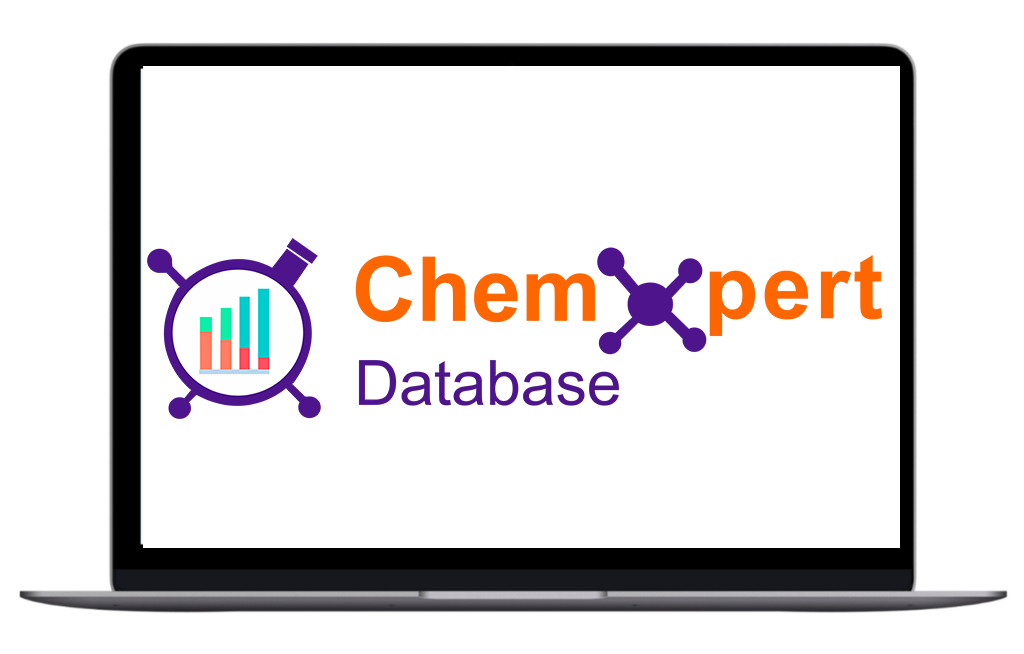
In the drug development process, stability studies are an essential component of ensuring that a drug product maintains its safety, efficacy, and quality throughout its shelf life. One of the key factors observed during stability studies is the variation in the assay results. Assay refers to the measurement of the active pharmaceutical ingredient (API) in a drug product, and it is crucial for ensuring the product's potency. In some instances, an increase in the assay values over time is observed, which raises concerns for pharmaceutical developers. This article will explore the probable reasons for such an increase and its impact on new drug development and the overall safety of approved drugs.
Stability studies are conducted to monitor how a drug product changes over time under different environmental conditions, such as temperature, humidity, and light exposure. During these studies, the assay is regularly tested to measure the concentration of the active ingredient. This assay data helps to determine whether the product's potency is stable, decreasing, or increasing during the study period. An increase in assay results, indicating a higher concentration of the active ingredient than expected, can lead to several questions regarding the drug’s formulation, manufacturing process, and storage conditions.
One of the most common causes of changes in assay values is the chemical degradation of the drug’s active ingredient. Over time, the API may break down into metabolites or other by-products. In some cases, degradation products can reform or convert back into the original active ingredient, leading to an apparent increase in the assay.
This phenomenon is more prevalent in biologics drugs, which are often more susceptible to structural changes compared to traditional small-molecule drugs. For biologics, the API can undergo denaturation, aggregation, or other changes due to temperature fluctuations or improper storage. These changes can lead to an increase in assay values if degradation products reform, albeit unpredictably.
For new drug development, identifying such potential chemical instability in early stages is vital to prevent issues during the stability testing phase.
Variability in the assay results can sometimes be attributed to the analytical methods used to measure the concentration of the active ingredient. Differences in technique, equipment calibration, or even the laboratory environment can lead to fluctuations in assay data. For example, if the method used is highly sensitive to environmental conditions, it may report higher levels of the active ingredient than the actual concentration.
In the drug development process, precise and accurate analytical methods are critical to ensure that the results of stability studies are reliable. Developing robust, reproducible testing methods is essential to avoid erroneous data that could influence the final approval of the drug. This is particularly important in drug development research, where the goal is to establish a clear and consistent profile for the drug’s potency over time.
Another potential reason for increased assay values is a change in the drug product's matrix or excipient interactions. Excipients, which are inactive ingredients that aid in the formulation and delivery of the API, can interact with the active ingredient or with each other over time. These interactions may alter the release characteristics or stability of the drug, potentially leading to an apparent increase in the assay.
For instance, excipients like stabilizers or preservatives may help protect the API from degradation, but they may also alter the way the drug releases its active ingredient. This phenomenon can lead to fluctuations in the assay results during stability testing. In biologics drugs, excipients such as buffers or stabilizers play a particularly crucial role in maintaining the integrity of the product. Understanding these interactions is an important consideration during new drug development.
Stability studies are conducted under controlled conditions, but slight deviations from the recommended storage conditions can significantly impact the assay results. If a drug product is exposed to higher-than-expected temperatures or humidity levels, it could result in an increase in the assay readings due to changes in solubility or the formation of additional active components. For instance, some drugs are formulated with compounds that can degrade into active or semi-active forms when exposed to environmental stressors.
For new drug development, understanding how storage conditions affect the API is vital. Poor storage conditions during stability testing could lead to an inaccurate understanding of the drug’s long-term stability and potency, leading to potential regulatory challenges.
A significant change in the physical form of a drug, such as the re-crystallization of the active ingredient, could also explain an increase in assay results. Drugs that are formulated in amorphous form may undergo crystallization when stored over time, increasing the amount of drug that is available for assay detection. This change can be particularly problematic if the drug’s solubility is altered, as it may lead to an unexpected increase in the amount of the active ingredient measured in the assay.
This issue is particularly relevant in the development of solid oral dosage forms, where crystallization or changes in particle size can influence bioavailability and stability. Understanding these factors is critical during drug development research to ensure that the drug remains effective and safe for use.

Variability in the manufacturing process can sometimes lead to inconsistent drug batches, which may impact stability study results. If the drug is produced under slightly different conditions or if the raw materials used in production are not consistent, the active ingredient’s concentration could vary. This variability can lead to higher assay values if a higher concentration of the API is incorporated into the drug product than intended.
In drug development research, controlling manufacturing processes and ensuring batch-to-batch consistency is crucial to avoid discrepancies in stability studies. Regulatory agencies require that the final approved drug demonstrates a consistent and reliable profile in terms of potency, safety, and efficacy.
In conclusion, an increase in assay results during the stability study of a drug product can be attributed to several factors, ranging from chemical degradation and analytical variability to excipient interactions and storage conditions. The reasons for such increases must be carefully analyzed and addressed during the drug development process to ensure the long-term stability and safety of the product. For new drug development, thorough research and testing are essential to identify potential issues early on, especially for complex formulations such as biologics drugs. By understanding the underlying causes of assay fluctuations, developers can improve the reliability of approved drugs and contribute to the successful commercialization of safe and effective treatments.

Sick and tired of always wondering if you are being asked to pay the right price for your APIs? This empowers you with the answers you need to make the right decisions in the Global API market.
Chemxpert Database is one of the biggest and most comprehensive directories of pharma and chemicals, manufacturers, suppliers and information. Provided with current information on prices, demand and transactions, it gives you instant feedback on whether you are buying what is right and at the right time.
Start using market intelligence today and allow yourself to be in control in the API market.
Check it out today and make more informed sourcing decisions! Learn More!